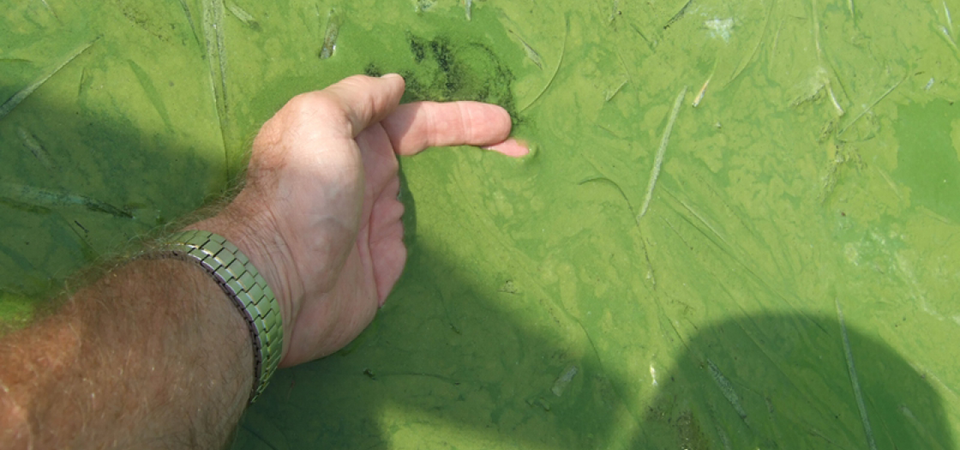Lake Erie Harmful Algal Bloom Forecasts Now Operational

July is approaching – the season when harmful algal blooms (HABs) may start to form in Lake Erie. As in past years, NOAA will provide HAB forecasts that support bloom response efforts and will deliver the forecasts in semi-weekly bulletins. However, this year is special because the bulletins have moved out of the experimental research phase and have been incorporated as official NOAA forecasts. This transition is a culmination of years of research and includes dedicated resources for maintaining the forecast system, technical support, and backup servers. All of these changes mark NOAA’s commitment to ensuring that high quality forecasts are delivered reliably for years to come.
We will issue NOAA’s first official HAB forecast bulletin on July 3 and then issue twice-weekly bulletins during a bloom event and until the season is over.
Harmful algal blooms in Lake Erie
HABs are a
recurring problem in Lake Erie. They can produce toxins that need to
be removed from water before it is safe to drink. The blooms also
form surface scums that can impact regional tourism, beach
recreation, and recreational and commercial fishing. Learn more in
this story map.
What does NOAA forecast in the bulletins?
NOAA uses
satellite imagery to monitor HABs in Lake Erie from space, and water
samples collected in the field provide eyes on the ground. The
satellite imagery is integrated into a computer model of Lake Erie
circulation in order to forecast where the bloom may move over the
next 3 days. Based on the observed and predicted wind conditions,
NOAA forecasts whether the bloom may be forming a scum at the
water’s surface or become mixed in the water column where it might
impact drinking water supplies. Every year in the fall, as the water
temperatures become too cold for the algae cells to survive, NOAA
also forecasts the decline of the bloom.
Putting the forecast into action
Coastal resource
managers, public water suppliers, and public health officials can
use the bulletins to support their response efforts including
planning water treatments to protect drinking water and coordinating
advisories to keep people and pets safe. The bulletins can also help
people plan their activities on the water. For instance, the
bulletin can help boaters plan a trip that avoids the bloom. The
bulletins are emailed to subscribers and posted to the website:
https://tidesandcurrents.noaa.gov/hab/lakeerie.html.
To subscribe, go to
https://public.govdelivery.com/accounts/USNOAANOS/subscriber/new.
Please contact hab@noaa.gov with questions.
More Information
Center for Operational Oceanographic Products and Services (CO-OPS)Harmful Algal Bloom Forecasts